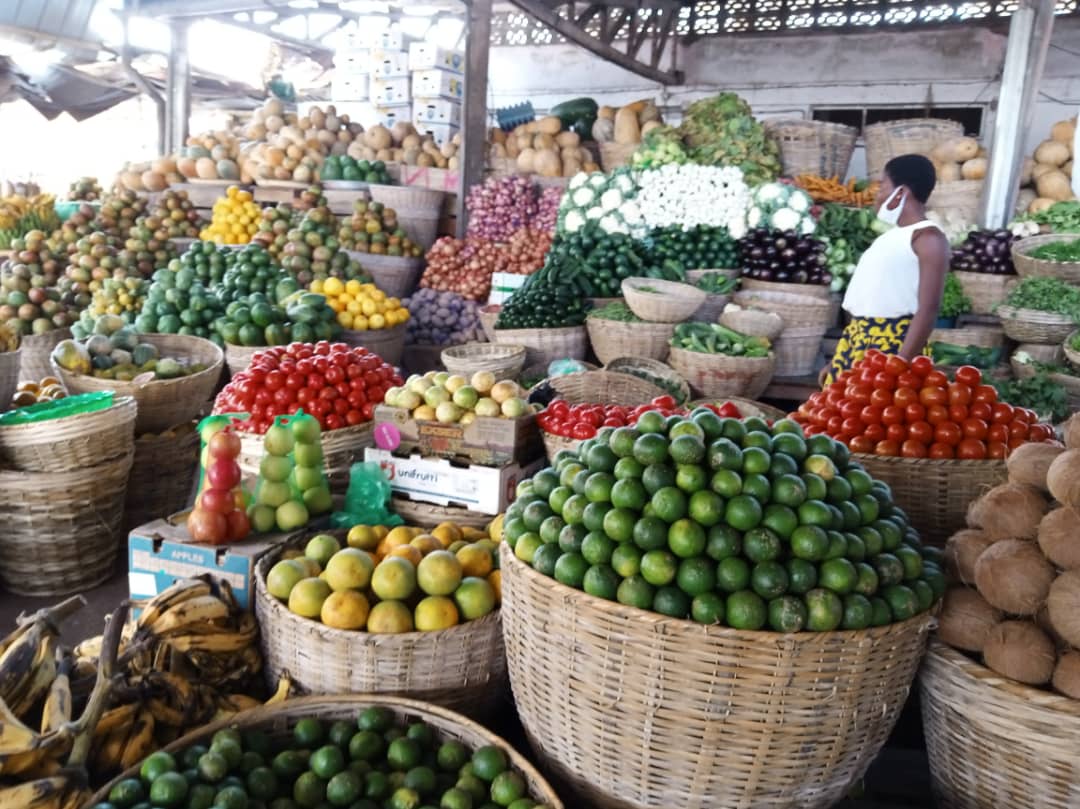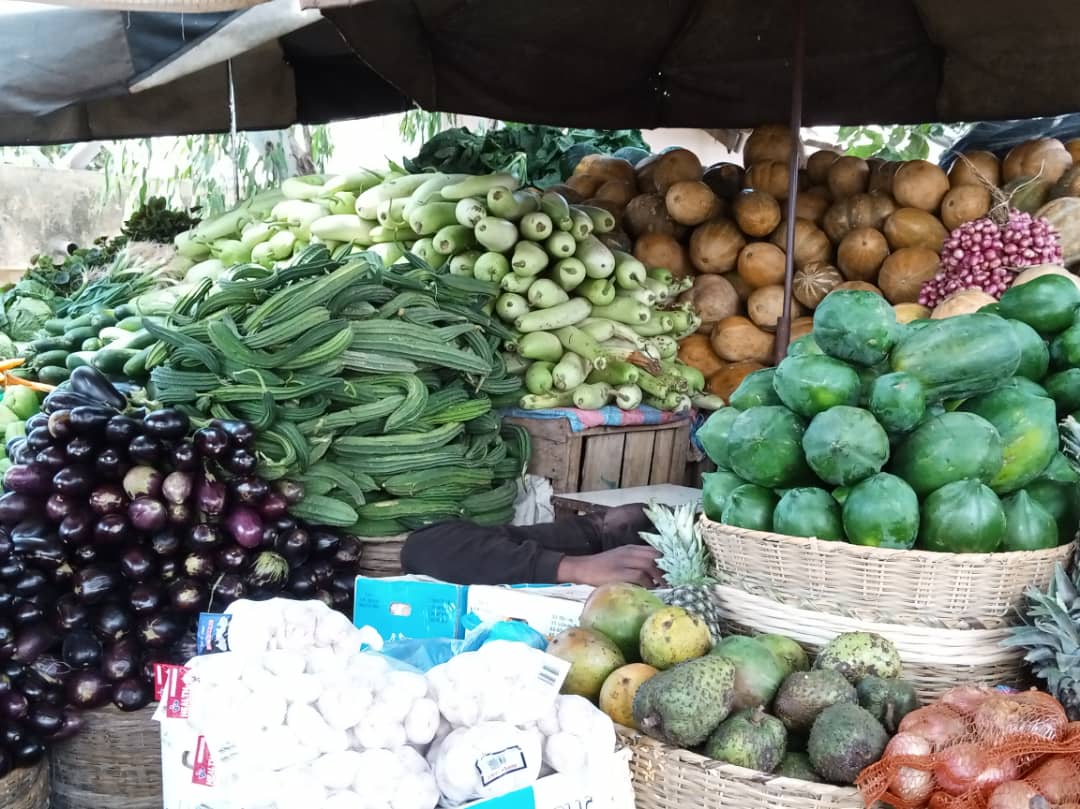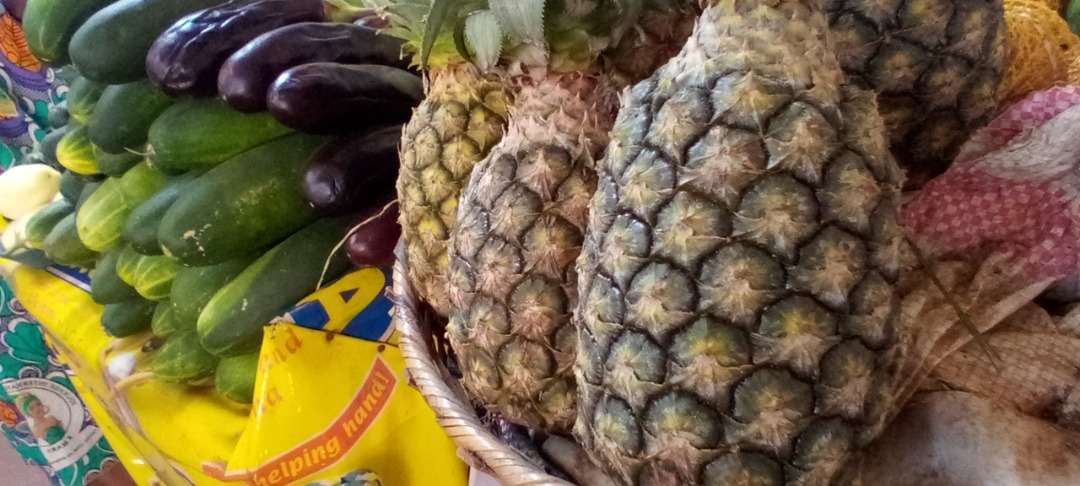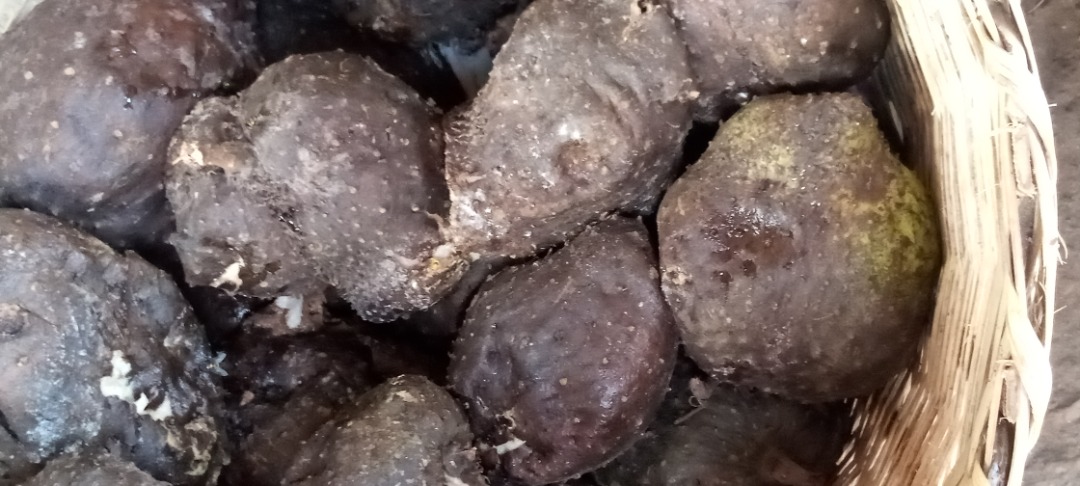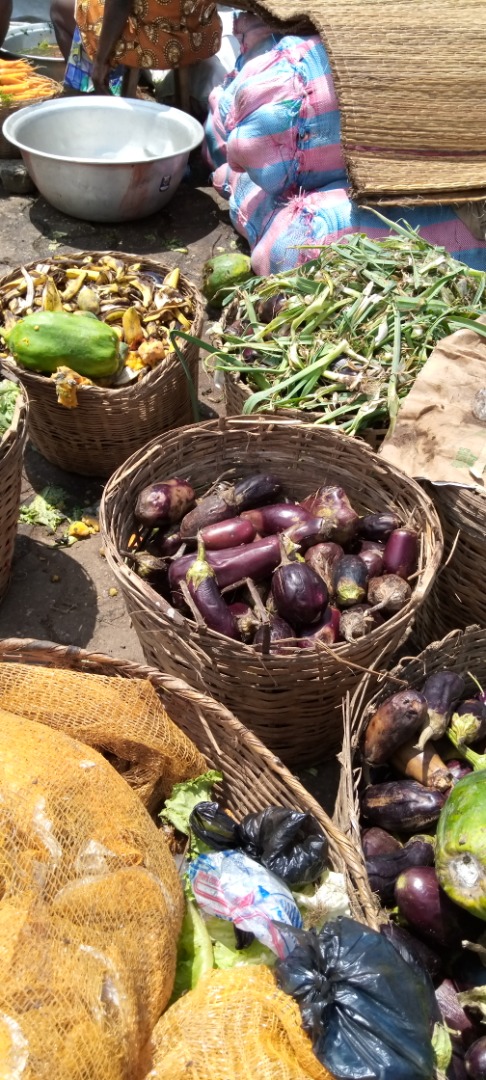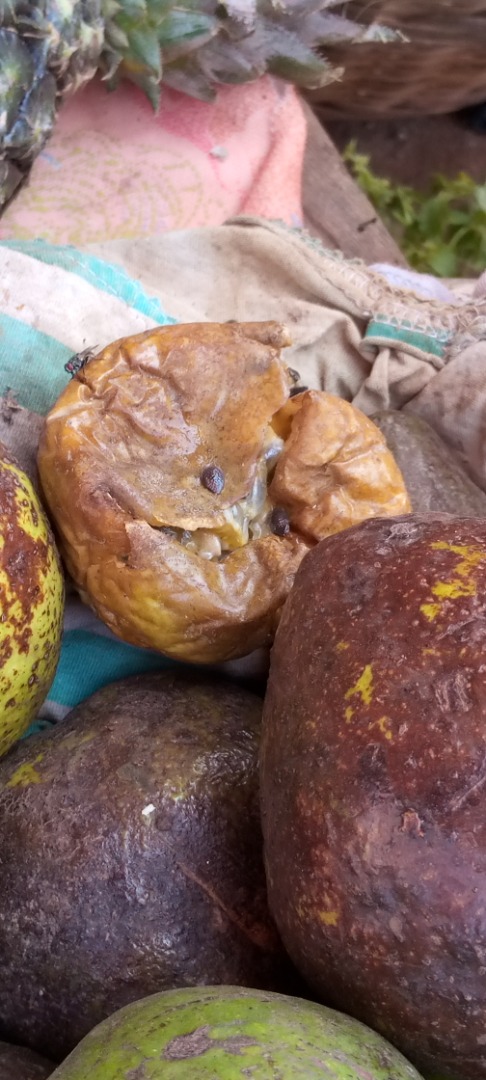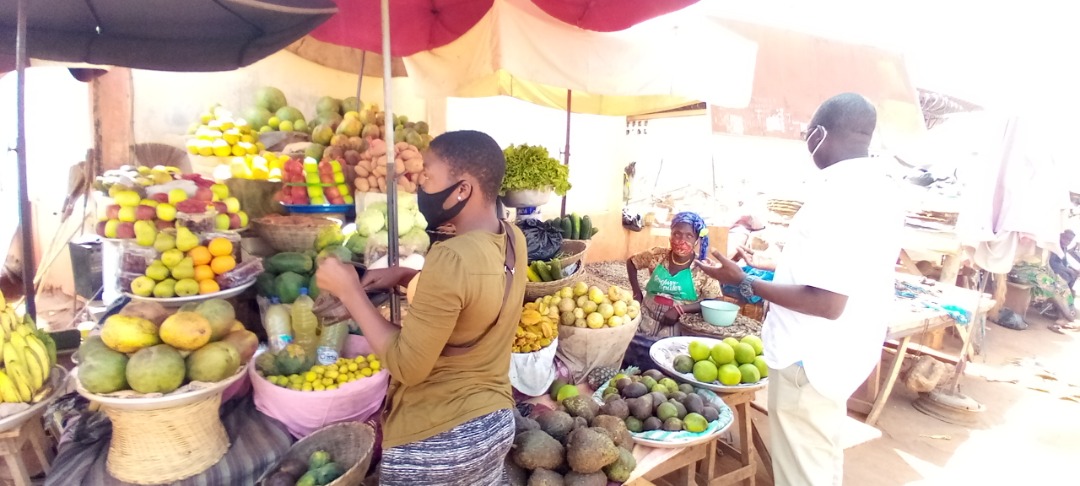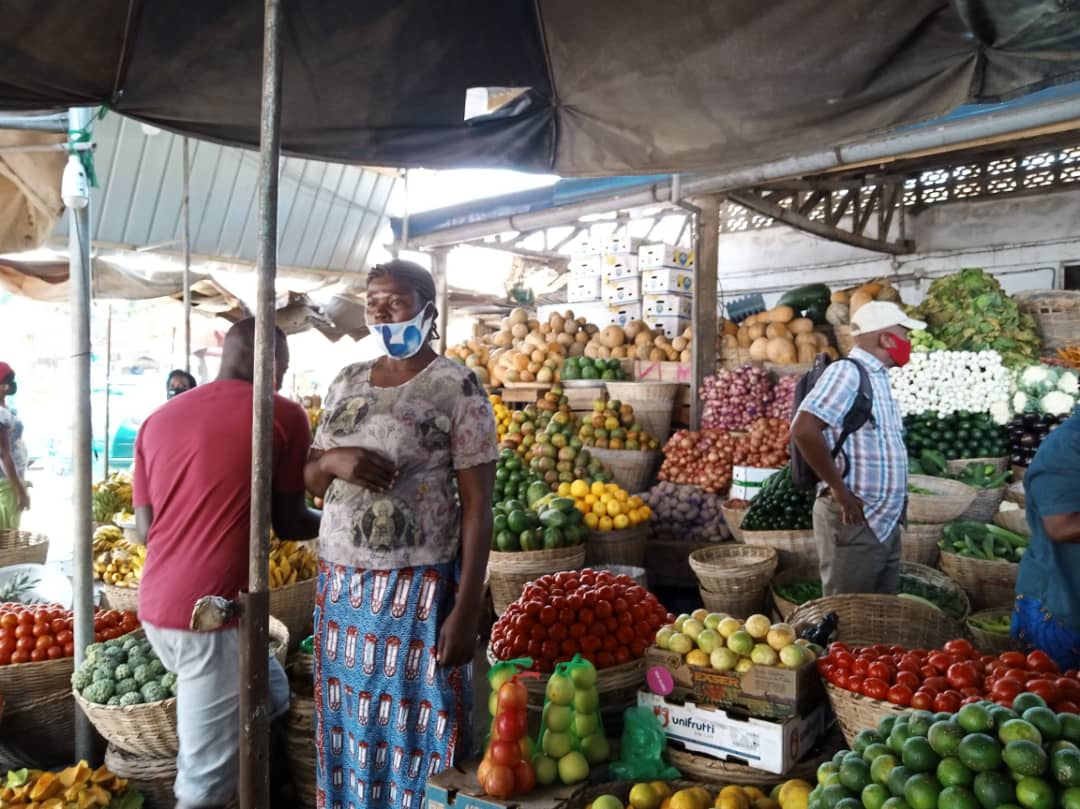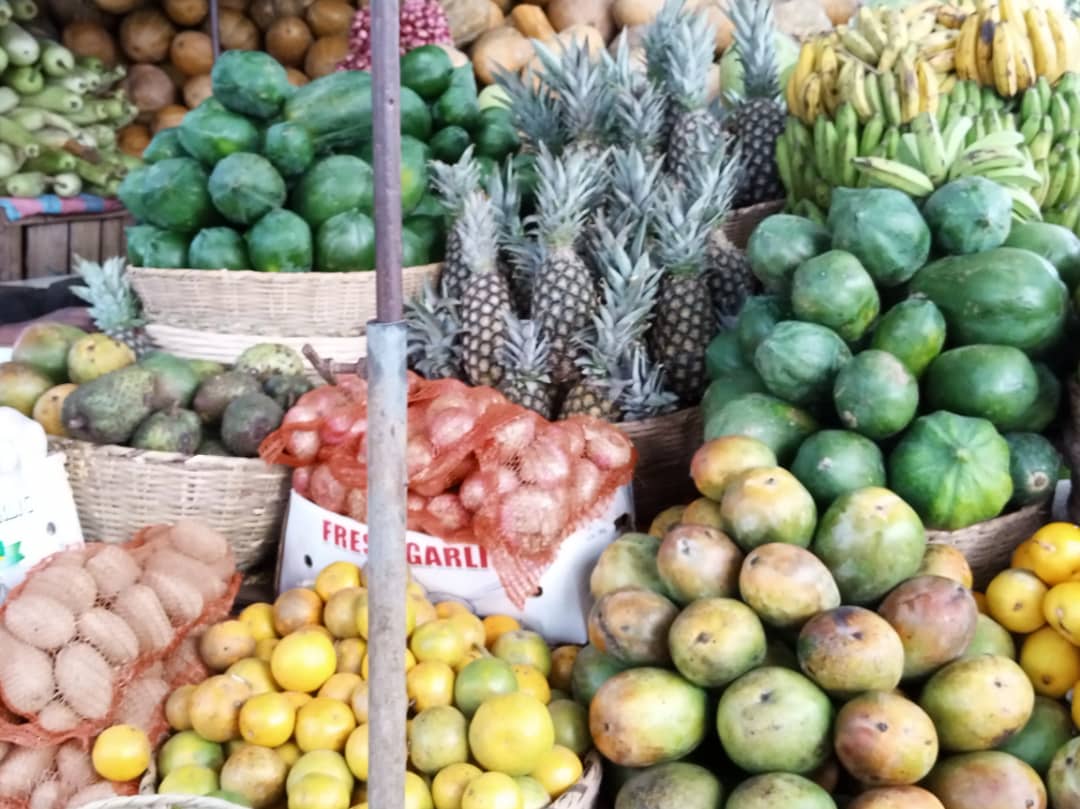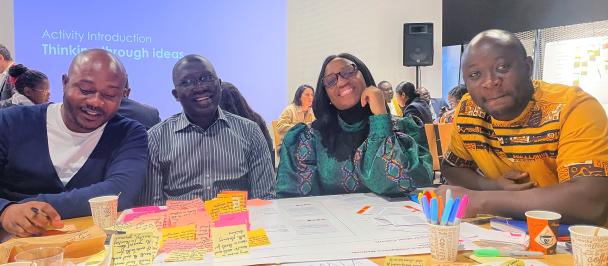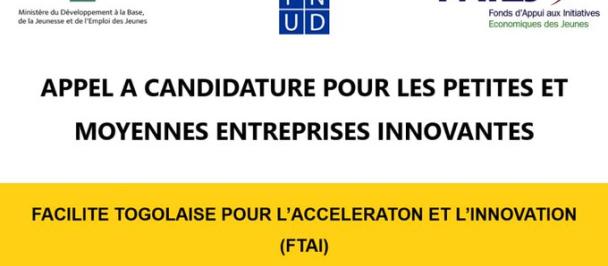Lome fruit market
Acclab Togo have decided to look for grassroots solutions to fruit preservation. In fact, official documents particularly reports from the ministry of agriculture, FAO and GIZ all show that a significant ratio of fruits produced is lost during the period of abundance in the farms and in the marketplaces. This loss means a lack of income for families.
Besides, most people in the supply chain of fruit production don’t have enough means to acquire industrial means of produce conservation such as refrigerators to store their goods. Another fact is that most farmers live in remote areas not yet electrified. So a solution with very minimal cost would be the most suitable.
To find grassroots solutions, we have decided to use learning launch methods. We are not to invent a new solution but rather seek out solutions that already exist, test them to confirm the most appropriate for prolonging the conservation periods of each set of selected fruits. The solutions are to be tested on small scale to ensure their effectiveness before deciding of a growth strategy.
How do we proceed?
At the beginning of our journey, we did a quick brainstorming in order to identify the different stages in the fruit production business and the different stakeholders involved. We have realized that there are three stages : the production on the farms, the transportation, and the selling in the marketplaces.
As for the stakeholders, we identified the farmers, the transporters, the sellers, the government agencies and NGOs with interventions in the agricultural sector, even the banks especially microfinance organizations… We believe that each actor can help us quickly scout some solutions to experiment.
We first held meetings with government agencies, FAO, GIZ (German Agency for International Cooperation ) to hear from them what has been done and key findings. They provided us with useful information particularly on where are we likely to find each actor in the supply chain.
We have chosen to engage in conversations first with the sellers in the marketplaces. We visited them, observed them on different facets of their activities. The purpose of the observation is to answer the following questions : how are marketplaces organized ? Under what conditions the goods are delivered ? How are the fruits displayed in the market ? The answers to these questions will help us to find out if there is any need for improvement in the way the fruits are manipulated which may accelerate their corruption.
We take note of all the observation details then we get close to them and have a friendly discussion. We ask them for instance : what is their daily loss estimation ? what is the lifespan of each fruit displayed ? how do they try to expand the lifespan of these fruits ? what is the worst period of the year when the loss is more important ? what is the probable reason for the putrefaction other than the natural deterioration ? what next life, if any, do they give to the putrified fruits ? Do they know any fruit preservation method that they can recommend ? This conversation enlightens and broadens our understanding of the challenge. It gives paves to walk on to further our exploration and solution scouting.
Insight from our first journey
The observation helped us to realize that the packaging of the fruits may not be optimal. The fruits are gathered in bulk into the trucks and conveyed over long distances. Some fruits are scratched and this accelerates the decay. In the marketplaces, though the fruits are protected against the sun, exposure to the daily heat, moisture and pests such as fruit flies are proven accelerants of fruit deterioration.
The conversation with the resellers helped us to understand that their loss can be estimated to 20%; this is worse during the high season. So to avoid loss of resources, they often buy just the quantity they can quickly sell.
Each fruit has its own lifespan after harvest. Some can last 2 to 3 weeks while others are less than a week. And besides the natural degeneration, the deterioration can be accelerated by the transportation and the storage conditions such as the heat, the rain, worms and other sources of contamination. There are some grassroots preservation methods but the best solution according to the resellers is bioproduction. In fact, produce without chemical fertilizers and pesticides resist best.
Having discovered that we have learned a lot from the observation and interviews with the resellers we will proceed likewise with the transporters and the farmers. This will help us have a panoramic view of the problem and the different solutions that exist and that we can integrate into a coherent portfolio to experiment.
The resellers have broadened our understanding of the key issues that need to be tackled, they have provided us with some solutions to work with. We will test some of them and probably we will find some suitable ones to deploy on a greater scale. We strongly believe that there exist grassroots solutions for fruit preservation out there. Do you know or have heardof any? Do share with us at acclab.tg@undp.org or follow us on twitter at @PnudTogo @UNDPAccLabs Togo to join our quest.
Our slide show
Do you know of any techniques for preserving fruits and vegetables? Share them with our Acceletator Lab currently exploring Lome markets in search of clever hacks known to players in the distribution circuit of produce in Togo.

 Locations
Locations